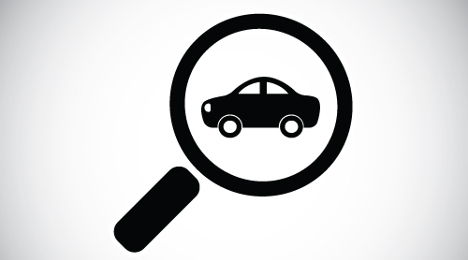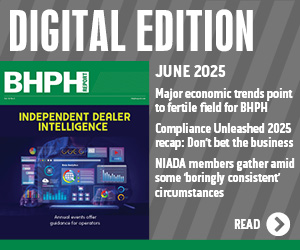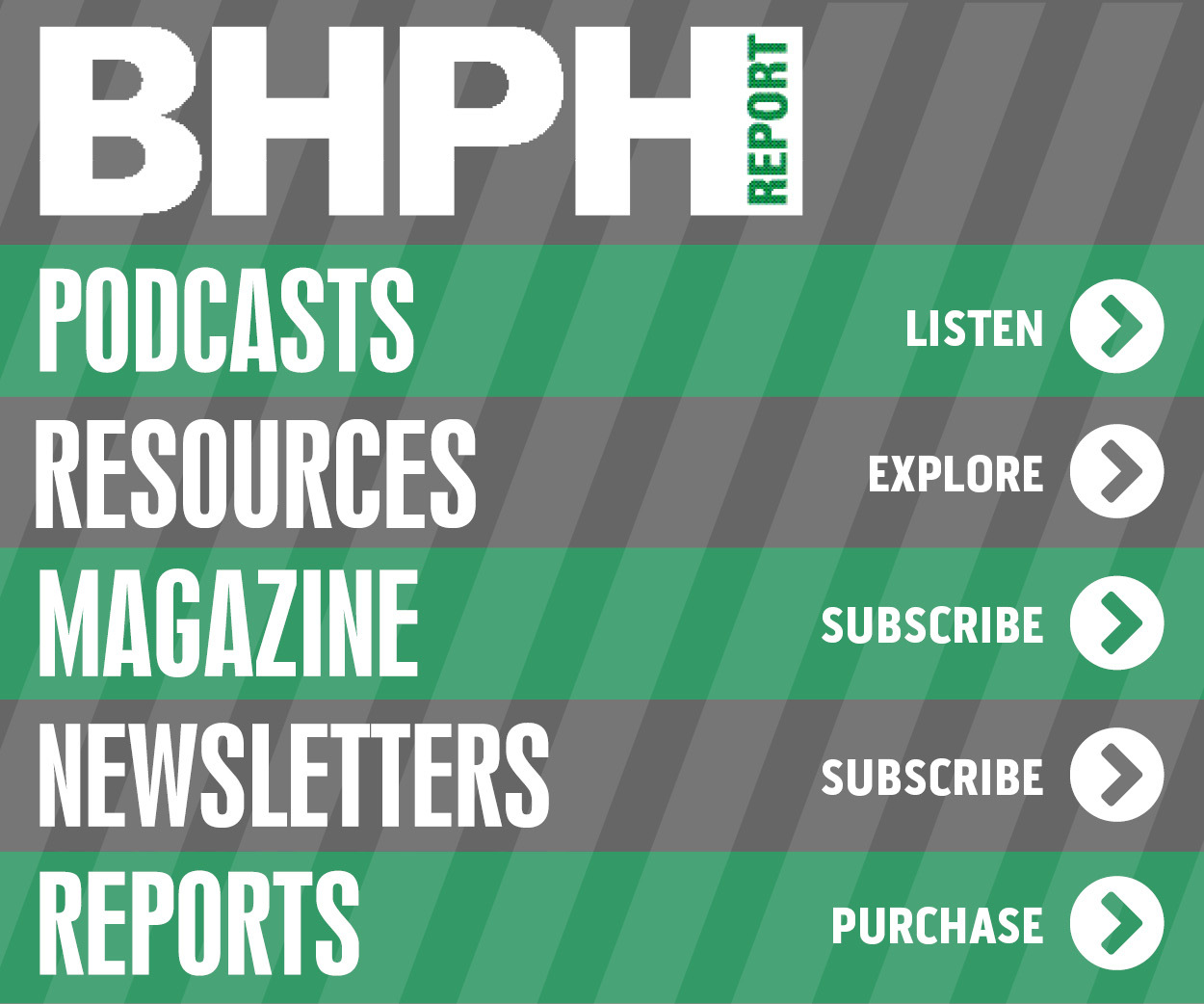When bad news is good for buy-here, pay-here

Recent press about subprime auto loan performance has highlighted concerns about this market segment. Some has said, “The Federal Reserve recently expressed concern that delinquencies among auto borrowers with weak credit has been rising.”
A recent article in USA Today entitled, “It’s Tougher to Get a Credit Card, Car Loan,” noted that the number of subprime auto loans (those requiring a FICO score of 600 or lower) that were at least 90 days late on payments hit the highest level since 2010 in the third quarter of 2016 at 6 million, according to the New York Fed. The bulk of bad loans were by auto finance companies rather than banks, officials said.
In February, Wall Street analyst Wolf Richter published an in-depth report and analysis called, “Seriously Delinquent Auto Loan Surge,” which provides some excellent insights into the causes and predicts what may be ahead. Here are some excerpts from his article:
“Auto loan balances in 2016 surged at the fastest pace in the 18-year history of the data series,” the report said, driven by the highest originations of loans ever. Alas what the auto industry has been dreading is now happening. Delinquencies have begun to surge.
At $1.112 trillion (or $1.6 trillion according to the New York Fed) they’re now 35 percent higher than during the crazy peak of the prior bubble. No way is this an auto loan bubble. Not this time. It’s sustainable; Or at least containable when it’s not sustainable. These ballooning loans have made the auto boom possible.
“Seriously delinquent” auto loan balances, composed of all loans 90 days or more past due rose in Q4 of 2016 to 3.8 percent of total auto loan balances. That puts them right between Q1 and Q3 of 2013, as auto credit was recovering from the financial crisis.
Those seriously delinquent auto loans are an indication of what is next, Richter said: “Losses at auto lenders, particularly those specializing in lending to subprime borrowers, but also other lenders, including captives such as Ford Motor Credit, which has already warned in its most recent outlook that ‘we continue to see credit losses begin to exact their pound of flesh from the lenders.’
“Some specialized lenders might keel over. Larger lenders with good quality loan portfolios will bleed but go on while tightening their underwriting standards in order to weather the storm, and that’s precisely what the auto industry is dreading – tightening credit.”
The auto boom over the past few years was funded by historically low interest rates and loosey-goosey underwriting, with loan terms and loan-to-value ratios often over 120 percent. They made everything possible, but they infused $1.1 trillion in auto loans with some very bad risks.
So it’s all there — the ingredients for bigger losses among banks and investors, a few failures of smaller specialized lenders and belated credit tightening, both out of necessity and due to lower competition among lenders as some of the most aggressive ones will be licking their wounds.”
As president of the National Alliance of Buy-Here, Pay-Here Dealers (www.bhphinfo.com) and Subprime Analytics (www.subanalytics.com), I have been tracking and analyzing subprime and deep subprime market performance for the last 20 years and annually publish industry benchmarks. As such, I agree with the aforementioned analysis and the reasons that subprime delinquencies are now increasing. I also agree that we are not headed for another subprime mortgage crisis with subprime auto paper. A new credit loss measurement standard requiring lenders and borrowers to increase bad debt loss reserves, for all receivables in the future will convert the aforementioned delinquencies into bad debts.
However, if you are an independent used car operator who refused to match the “underwriting aggressiveness” in the markets during the last few years, this bad news creates some exceptional new opportunities to regain market share and increase future profits. The pain suffered by the increased level of defaults in subprime auto finance can result in gains for those who capitalize on them.
In order to capitalize on this opportunity operators must avoid making the same mistakes which caused the past performance problems. Specifically, longer loan terms, lower down payments, loose underwriting, higher amounts financed, and too much vehicle for too little customer, are all recipes for failure, not success! Therefore, operators must embrace changing their approach and implement more prudent underwriting strategies in the future to prosper!
At the 19th Annual BHPH Conference on May 23 through 25 at Wynn | Encore in Las Vegas, many of the nation’s most successful operators and experts will provide attendees with information needed to make the right decisions, update them on market and regulatory developments, introduce new technology which provide cost-effective solutions, and new benchmarks to measure performance. Both new and experienced operators are encouraged to participate and discover new ways to prosper in the changing subprime auto finance market of today.
The old ways are not working, so let’s implement some new ones.
Good luck.
Ken Shilson, who can be reached at Ken@kenshilson.com, is president of Subprime Analytics (www.subanalytics.com) and NABD (www.bhphinfo.com). Subprime Analytics uses data mining to perform computerized portfolio analysis for operators and providers. NABD is the nation’s largest BHPH used car special interest group for operators and product providers with more than 13,000 members. NABD will host a National BHPH Conference on May 23-25 at Encore in Las Vegas. For more information call (832) 767-4759 or visit www.bhphinfo.com.


